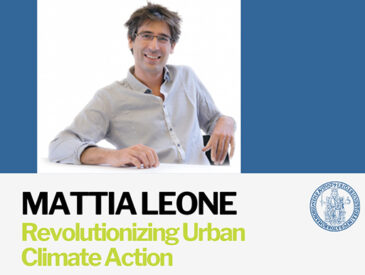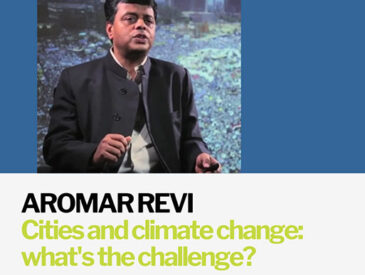Gerald Mills talks about his research associated with understanding the global warming and climate change in cities and how we can actually improve the climate desease through good planning and good design. He explains that urban climates differ significantly from the surrounding natural climates due to factors like air quality, water systems, and temperature. The urban heat island (UHI) effect is a key example, where city temperatures are higher than those of nearby rural areas. This effect is mainly caused by paving, impermeable materials, and human activities, and is most intense at night under clear, calm conditions. Urban areas, while occupying only about 1% of the Earth’s surface, are major contributors to carbon emissions and face climate-related risks such as sea level rise and heat stress.
Global warming and Climate Change in cities
In this video Gerald Mills, physical geographer based at University College of Dublin gives an overview on cities and global warming and climate change, urban climate and urban heat islands, the way they form and its consequences.





